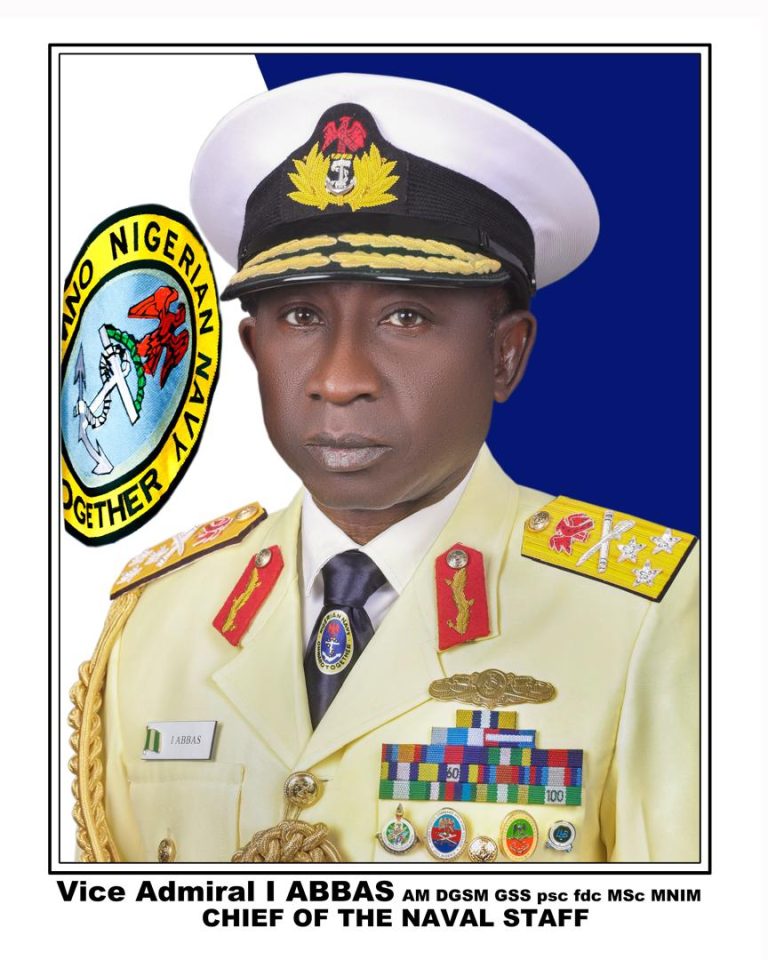By Odimmegwa Johnpeter, Abuja
The Ministry of Humanitarian Affairs, Disaster Management has advocated for an Integrated Flood Management approach to effectively manage to flood using a multi-sectoral and multi-stakeholder approach.
This was made known by the Honourable Sadiya Umar Farouq at the Technical Stakeholders Meeting for the Review of Draft National Multi-Sectoral Flood Emergency Preparedness and Response Plan.
Speaking at the Stakeholders’ meeting which took place at the NAF Conference Centre and streamed live on Zoom, the Minister stated that flood waters can be harnessed for beneficial purposes such as agriculture, electricity, and other uses.
Umar Farouq said that flooding affects many people, farms, homes, and livelihood annually, hence the directive by President Muhammadu Buhari that the Ministry of Humanitarian Affairs works with the Federal Ministry of Water Resources, relevant MDAs, and stakeholders to develop a National Plan to coordinate various flood management responses and interventions across the country.
“Each year many people lose their lives, their homes, and sources of livelihood due to flooding. For instance, in 2012, which is arguably the worst flood incident in the country, over seven million persons were affected”.
Presenting the Draft, the Deputy Director, Disaster Management Dr. Abubakar Suleiman stated that the 75 paged document with eight chapters will guide stakeholders to systematically and sequentially prepare for, mitigate against, respond to and recover from flooding in Nigeria in a coordinated manner.
“This will enhance Nigeria’s ability to manage all flood-related disasters using a comprehensive disaster management cycle approach. The purpose of the plan is to provide relevant information and outline the response arrangements in place for a coordinated inter-ministerial multi-agency response to major flooding incidents”.
The stakeholders resolved to review and add specific MDAs in the role and responsibilities table while issues of sourcing for funding were also discussed.
They also modified and developed Indicators to measure the four key phases which include Preparedness, Mitigation, Response, and Recovery.
In his closing remarks, the Permanent Secretary Bashir Nura Alkali who was represented by the Director of Humanitarian Affairs Alhaji Ali Grema congratulated the stakeholders from the states for completing a successful review of the Draft National Multi-Sectoral Flood Emergency Preparedness and Response Plan.
“This has been a rigorous and intense exercise given the timeframe to complete this task today. I would also like to highlight the importance of this Plan towards providing an institutional framework for managing floods in Nigeria. There are several plans and policy documents that cover Disaster Management and risk reduction in general, with little attention to flooding in particular. However, this Plan provides a unique in-depth analysis of flood preparedness, mitigation and response at all levels and clarifies agency-specific mandates, roles, and responsibilities, hence, the need of such document for the country”.
The Technical Group which drafted the plan includes the Nigeria Hydrological Services Agency (NIHSA), the Nigerian Meteorological Agency (NiMet) and the National Emergency Management Agency (NEMA), and the Federal Ministry of Humanitarian Affairs, Disaster Management and Social Development (FMHADMSD).
https://any.peopleandpowermag.com/humanitarian-ministry-advocates-integrated-flood-management/



